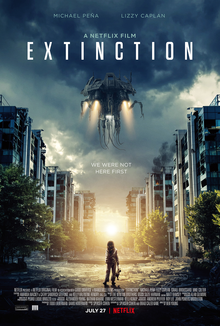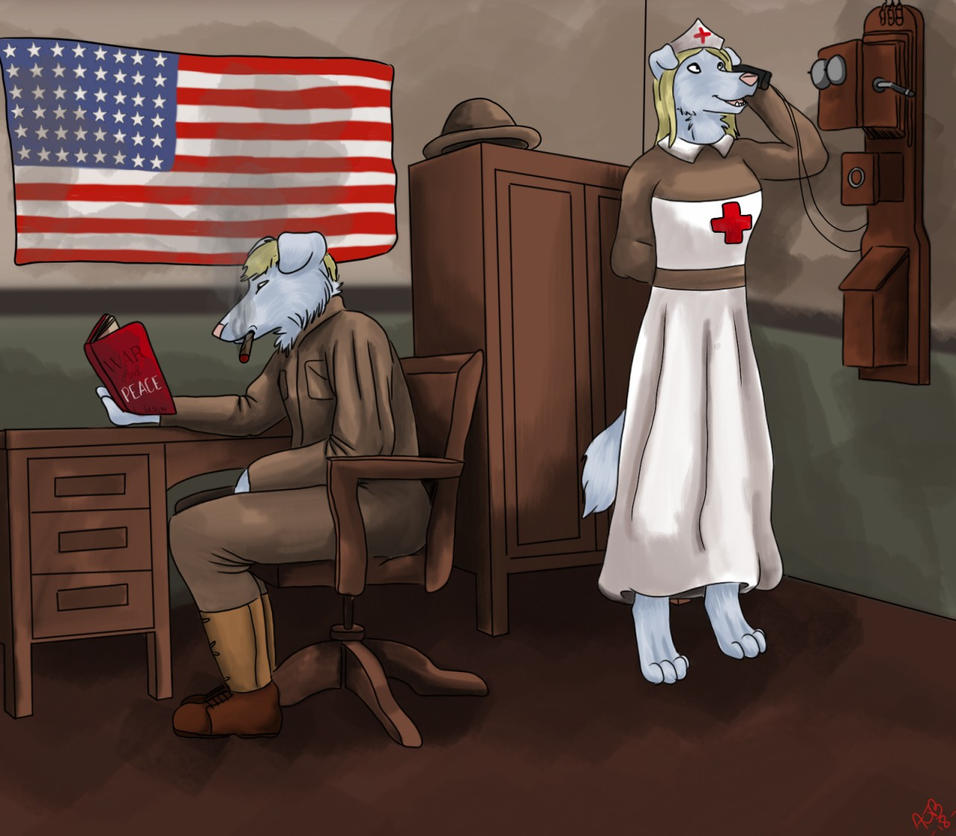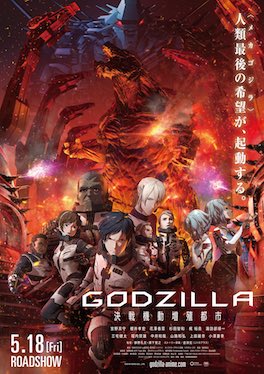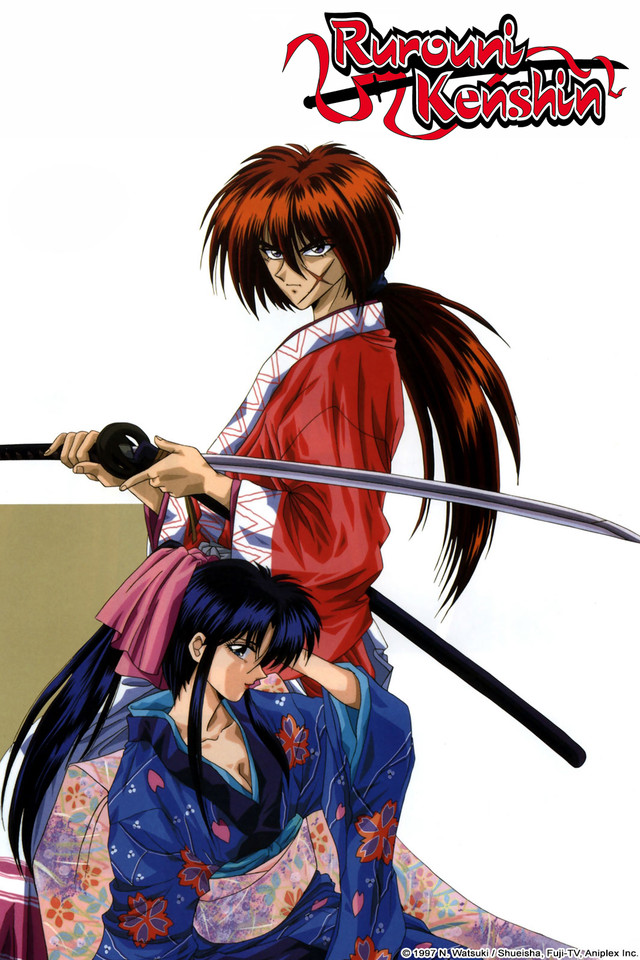 I just wonder what Calamity GANON’S up to!
I just wonder what Calamity GANON’S up to!Many
videogame franchises, like movie series, tend to be of inconsistent
quality, although critics may extol some to the point where finding
legitimate dissenting opinion tends to be tedious at best. Nintendo’s
fabled The Legend of Zelda franchise is one such pantheon, with
mainstream videogame critics lauding its first three-dimensional entry,
Ocarina of Time,
as one of the greatest games of all time and a beacon in an
otherwise-lackluster Nintendo 64 lineup. In 2017, the Big N released the
latest entry of the series,
The Legend of Zelda: Breath of the Wild, on the Wii U and Switch, again garnering near-universal praise, but is it justified?
Breath of the Wild
opens with yet another incarnation of series protagonist Link awakening
after a century in cryostasis with no memory of the time before, with a
main quest focusing on visiting various locations indicated by
photographs in a Sheikah Slate of which he comes into possession so that
he can see memories of his past with Princess Zelda’s crusade against
an antagonist force known as Calamity Ganon. With this setup, players
can be forgiven for experiencing some trepidation, given that many other
videogames have done amnesia plotlines to death, and this entry
certainly doesn’t do it any better than other titles with the trite
narrative device. The goals of rescuing Zelda and defeating Ganon have,
too, been done plentiful times.
That leaves the gameplay to shoulder the burden, with
Breath of the Wild
sporting nonlinear open-world play that starts Link off in a vast
explorable world, with the mute hero quickly obtaining all tools
necessary to solve whatever puzzles may come in Shrines liberally spread
throughout the world whence he can obtain Spirit Orbs, four of which he
can exchange for either an extra heart container (Link starting with
three) or a hint of stamina necessary to climb obstacles from which he
falls when running out of it, although players might want to hold out on
the latter since sleeping at some inns in the world can net him a
temporary extra stamina ring, and maybe a few extra maximum hearts.
Players
can outfit Link with clothes and/or armor that provide heightened
defense, sometimes resistance to hot and cold elements that is in fact
necessary to fully explore Hyrule, not to mention weapons, shields, and
bows to shoot arrows. The game restricts the amount of equipment the
player can carry at once, and while sidequests can increase these
limits, maximum load is hardly critical to success throughout the game.
Weapons one or two-handed, shields, and bows gradually wear down and
break after excessive use, although clothes remain intact, players able
to increase its defense by visiting fairy fountains and consuming
specific parts gained from killing most monsters.
Link can use
some of said ingredients, in addition to meat gained from killing wild
animals and other foodstuffs found throughout the world, up to five of
which he can carry at once, to cook consumables that can perform duties
such as granting temporary increase to attack and defense, resistance to
hot or cold, and recovering hearts. Lamentably,
Breath of the Wild
doesn’t track recipes like so many other titles with similar item
creation mechanics do, which augments the general artificial difficulty
throughout the game. Keeping plentiful healing items tends to be
critical to success against most adversaries, and fortunately,
ingredients that formulate such consumables at least receive indication
with heart icons.
Another main goal is to subjugate the four
Divine Beasts at several corners of Hyrule, although the player can
actually forgo this task and confront Calamity Ganon any time but doing
so without meticulously exploring the world would be far more difficult.
Beating the bosses possessing the Divine Beasts grants Link both an
extra heart container and a special ability that has limited use and
needs time to recharge after the player uses them. There are other
quirks with combat such as Link being able to jump, especially effective
when doing so from high up, and granting him the ability to slow time
when using his bow and various kinds of arrows, making hunting and
defeating some foes easier.
In general, the gameplay definitely
has plenty going for it, with standard battles against foes allowing
players to use the targeting system present in other three-dimensional
Zeldas for more effective combat, although the trio of dimensions and
the camera create issues that are otherwise absent in titles with 2-D
gameplay. Some of the puzzles necessary to complete shrines and increase
Link’s stamina and hearts are actually fairly enjoyable, even though
some might necessitate a guide, a few being tedious such as one where
the player has to guide a ball through a maze and launch it onto a
slope. In the end, the general game mechanics are a positive.
Control in
Breath of the Wild
is, however, perhaps its low point, given the general lack of direction
and need to reference a guide to make the most of the gameplay itself.
The maps of the Divine Beast dungeons, moreover, are actually somewhat
unhelpful, appearing as three-dimensional transparent models rather than
as individual chambers with various floors like in
Ocarina of Time’s
automapping system, players needing to activate terminals indicated by
dots before facing their bosses. The player can also expect to die
often, and there is absolutely no excuse for loading times in a
cartridge game, occurring largely during the teleportation to shrines
and towers that unveil maps for Hyrule’s various regions. Ultimately,
the developers could have certainly given interaction a once-over.
Zelda games tend to feature enjoyable soundtracks, although
Breath of the Wild
even falters in this area, given the general lack of music and
overreliance upon ambience during exploration, although there are a few
decent tracks, even if some existed in prior installments of the series.
This entry is also the first mainline entry, not counting the Unholy
Triforce of Phillips CD-i titles, to feature full voice acting during
cutscenes, which is actually pretty good, even if the lips sometimes
don’t match spoken words, and with pleonasms that the localization team
could have compressed such as “past one hundred years” into “past
century.” All in all, the audio too could have used more memorable
music.
A high point of the game, however, is its visual
presentation, sporting a style that bridges the line between realistic
and celshaded, with believable character and enemy models, not to
mention pretty scenery with realistic colors, although some of the
textures appear blurry and pixelated at times, and there is occasional
pop-up regarding things such as foes and wild animals. There also exist
the oddity, within the game menus, of a model of Link appearing to eat
invisible food whenever the player uses a food item or potion, although
this is hardly a deal-breaker in an otherwise pretty videogame.
Overall,
The Legend of Zelda: Breath of the Wild
definitely has some things going for it, such as its serviceable
open-world gameplay, nice voice acting, pretty graphics, and enough
reason to play on. However, like
Ocarina of Time before it, it
scarcely justifies the acclaim it’s received as one of the greatest
games of all time, given many superior titles within and without the
Zelda franchise, not to mention issues such as its difficulty without
Internet reference, loading times, the generic plot, and minimalist
audio presentation. In fact, had it been this reviewer’s first Nintendo
Switch game instead of the vastly-superior
Super Mario Odyssey, he would have been downright furious, although those who still own Wii U’s might find it a good time sink.
The Good:+Serviceable open-world gameplay.
+Good voicework.
+Nice visuals.
+Plenty lasting appeal.
The Bad:-Difficult without a guide.
-Loading times in a cartridge game…come on.
-Generic plot.
-Minimalist musical presentation.
The Bottom Line:Not as great as critics claim, but far from terrible.
Score Breakdown:Platform: Nintendo Switch
Game Mechanics: 7/10
Controls: 4/10
Story: 5/10
Localization: 9/10
Music/Sound: 6/10
Graphics: 8/10
Lasting Appeal: 10/10
Difficulty: Somewhat Artificial
Playing Time: No in-game clock.
Overall: 7/10









:origin()/pre00/aed8/th/pre/f/2018/208/b/5/dragon_quest_monsters__terry_s_wonderland_3d_by_jmg124-dcigqtj.jpg)














